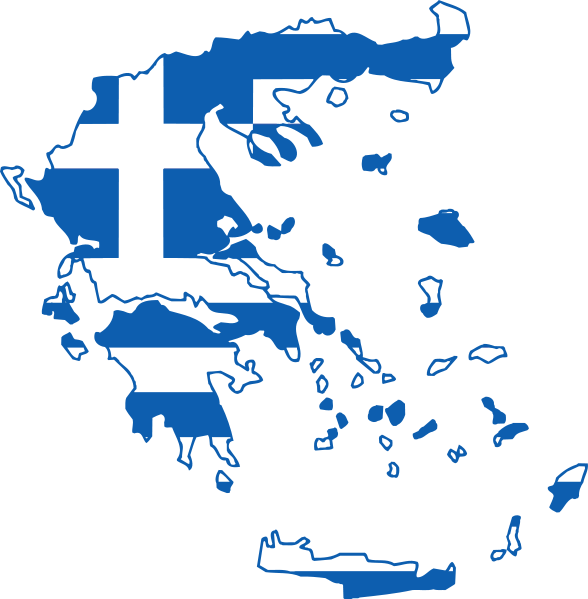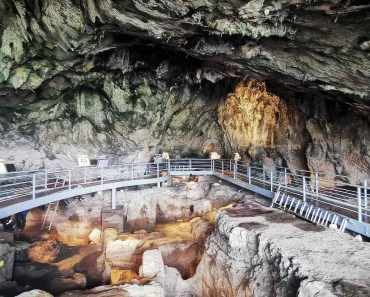A tsunami warning has been issued by European monitors after a magnitude 6.1 earthquake struck off the coast of Crete in Greece on Thursday.
The quake struck north of the Greek island of Crete at 6.19am local time (3.19am GMT) on Thursday.
The epicentre was in the sea 58 kilometres north-northeast of Elounda. It was 69 kilometres deep, according to the US Geological Survey.
.png)
The European-Mediterranean Seismological Centre (EMSC) issued a tsunami warning and referred people in Greece, Turkey, Italy, France and Portugal to their local authorities for updates.
A national directive issued by the Greek government urged tourists to “move away from the coast and reach a higher place”.
The tremor was felt across the Aegean Sea, including in parts of Turkey and Israel. Residents in eastern Crete reported on the EMSC website that they felt the tremor, including some saying they woke up as their bed started shaking, but no evacuations were ordered.
The Greek fire brigade said all its forces were on high alert across Crete, though it added that it had not received any calls for assistance so far.
The Imbros Gorge in Sfakia, a popular hiking trail in Crete, has been closed as a precaution. According to Ethnos, a Greek daily newspaper, inspections are also ongoing in nearby areas like the Samaria Gorge, one of the island’s most popular tourist hotspots, with a decision pending on whether it will remain open or close temporarily.
The earthquake caused landslides on the provincial road network and damage to buildings in Heraklion, according to local media reports.
Residents of Athens also reported that they felt the powerful earthquake.
Efthimios Lekkas, president of the Earthquake Planning and Protection Organisation, told ERT News that it was good that the earthquake’s epicentre was located at a significant depth in the sea instead of land, adding that there was no likely fear of a tsunami.
The mayor of Agios Nikolaos, Manolis Menegakis, said that the earthquake was powerful but confirmed that there were no significant reports of damage. “We are vigilant,” he told Mega TV station.
According to the Greek daily newspaper Ta Nea, municipalities in Heraklion and Lassithi have prioritised school checks, ensuring buildings are safe for students.
While no issues have been reported so far, a few school field trips have been cancelled as a precaution, the outlet reported. Local authorities were expected to take a decision on whether schools in Agios Nikolaos would remain open.
This tremor follows a similar 6.1-magnitude earthquake that struck just a week ago near the island of Kasos, off Greece’s southern coast. Crete and its surrounding region have long been known as one of Europe’s most earthquake-prone zones.
Greece is one of the most seismically active regions in Europe, situated along a complex fault boundary between the African and Eurasian tectonic plates. While most quakes are mild, stronger ones – such as the deadly 2021 quake also centred near Crete – have caused damage in the past.
One of the most devastating historic examples in the region was the Great Kefalonia Earthquake of 1953.
That quake, which struck the Ionian Islands on 12 August 1953, reached a magnitude of 7.2 and remains one of the strongest in Greek history. It killed an estimated 800 people, destroyed nearly 90 per cent of buildings on Kefalonia, and left thousands homeless.
It also triggered tsunamis and powerful aftershocks, spreading destruction across nearby islands like Zakynthos and Ithaca.







